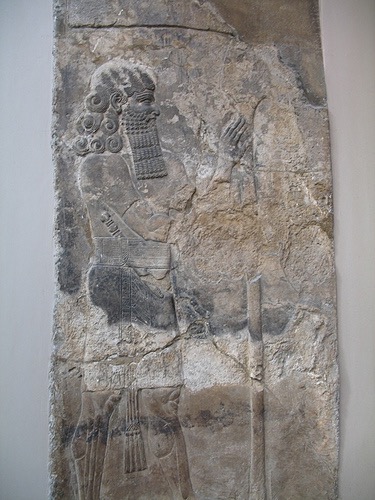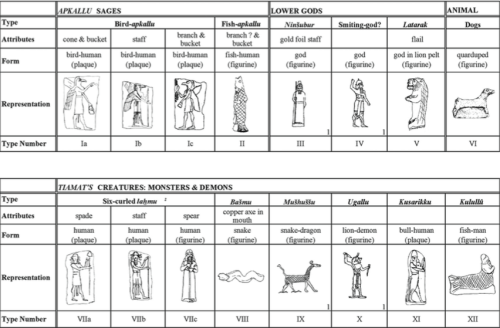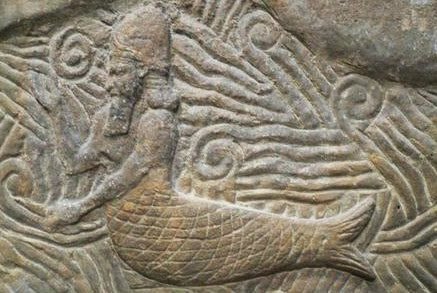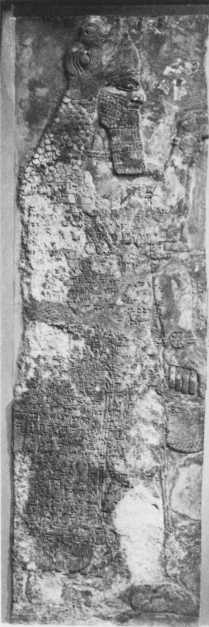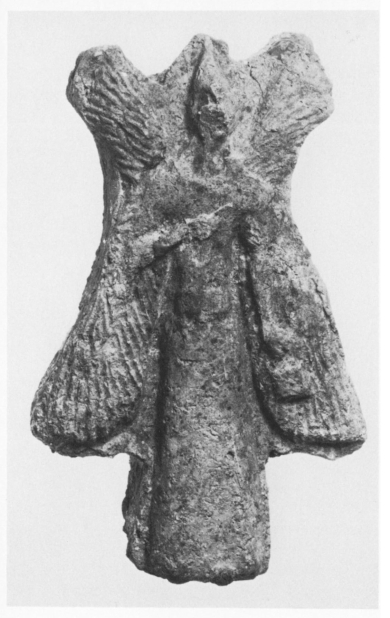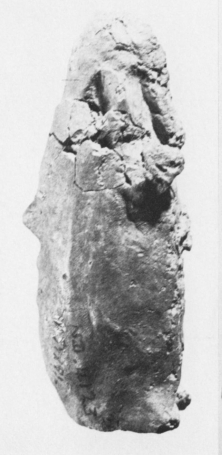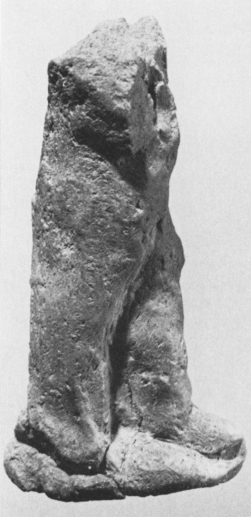Lenzi: The Uruk List of Kings and Sages
THE URUK LIST OF KINGS AND SAGES AND LATE MESOPOTAMIAN SCHOLARSHIP
ALAN LENZI
University of the Pacific
Abstract
“The Uruk List of Kings and Sages is best known for its genealogy connecting human scholars to antediluvian sages. Since its publication in 1962, however, questions pertaining to the text’s specific purpose within the context of Hellenistic Uruk have been neglected.
This study seeks to understand two such questions: why is the most explicit scholarly genealogy written in the Hellenistic period?; and who is the last named person in the text?
Seeking answers to these questions sheds new light on the text’s purpose: it is an attempt by scholars to gain support for themselves and their novel cultic agenda.
Keywords: Hellenistic Uruk, Mesopotamian scholars, Nicharkos, Antiquarianism, Anu cult
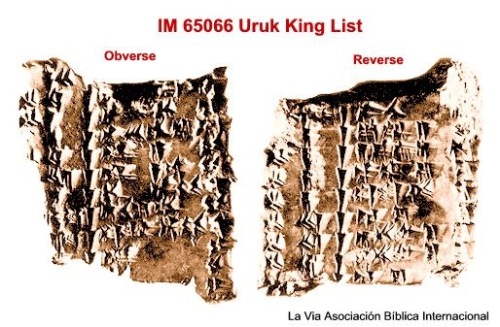
The cuneiform tablet (IM 65066) is in the Bagdad Museum.
A.K. Grayson, from the Reallexikon der Assyriologie, s.v. “Königslisten und Chroniken”.
A.K. Grayson, ‘Assyrian and Babylonian King Lists,’ in: Lišan mithurti. (Festschrift Von Soden) (Kevelaer : Neukirchen-Vluyn : Butzon & Bercker; 1969) Plate III.
http://www.livius.org/source-content/uruk-king-list/
The “Uruk List of Kings and Sages” (ULKS) was discovered in Anu’s Bīt Rēš temple by German archaeologists during the 1959/60 season and published in 1962 by van Dijk. (The tablet bears the excavation number W.20030, 7. For an edition of the text, see Jan van Dijk, “Die Inschriftenfunde,” Vorläufiger Bericht über die . . . Ausgrabungen in Uruk-Warka 18 (1962), 44-52 and plate 27).
Since then Assyriologists have cited this Seleucid-era text as the clearest cuneiform evidence that Mesopotamian scholars (ummânū) traced their professional ancestry explicitly back to the mythological sages (apkallū) of antediluvian fame and thereby implicitly to a relationship with the god Ea.
Setting this evidence alongside earlier historical data, it becomes clear that this scholarly genealogy was already functioning in the Neo-Assyrian period but probably even earlier in the late second millennium. (See, e.g., Helge S. Kvanvig, Roots of Apocalyptic: The Mesopotamian Background of the Enoch Figure and of the Son of Man, Wissenschaftliche Monographien zum Alten und Neuen Testament 61 (Neukirchen-Vluyn: Neukirchener Verlag, 1988), 202, etc.)
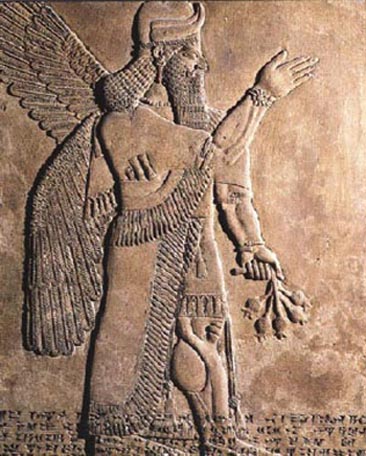
An ummânu, or sage of human descent. The ummânu raises his right hand in the iconic gesture of greeting, with uncertain plants in his left hand. Note the rosette design on his wristband, and the horned tiara headdress, indicative of divinity. Such human apkallū are invariably portrayed with wings.
Despite its historical importance, this genealogical aspect of our text has over-shadowed other basic questions about the Seleucid historical context in which it arose. Two such questions provide the impetus for this study:
- Despite the well-known importance of scholars in the earlier Neo-Assyrian period and the abundance of materials relating to their activities, why does one find the most explicit and systematic connection between the ummânū and apkallū in the Seleucid period?
- How does the last named and oft-overlooked individual fit into this text’s plan and into the social context of Hellenistic Uruk? (Van Dijk recognized right away that this last person is of utmost significance for the interpretation of the text and offered tentative ideas about his identity and purpose (see “Die Inschriftenfunde,” 45-46, 50, 52). I know of no other explicit treatment of this particular issue since van Dijk’s. This study attempts to build on his suggestions.)
In order to formulate a plausible answer to these questions I raise three issues very briefly that provide context. First, I review some of the earlier first millennium evidence for the genealogical connection between the ummânū and apkallū; second, I survey the Seleucid dynasty’s relationship to indigenous institutions in Mesopotamia, especially with regard to temples; and finally, I consider aspects of the archaizing theological tendencies of Urukean scribes in the late Persian and Hellenistic periods.
In light of this contextualization, I interpret the ULKS as a tendentious document written by scholars who needed to reassert their importance to the community leadership in order to advance their cultic-political agenda. Unfortunately, due to the circumstantial and at times fragmentary evidence, this interpretation can only be offered as a plausible reading and must therefore remain tentative.”
Alan Lenzi, The Uruk List of Kings and Sages and Late Mesopotamian Scholarship, JANER 8.2, Brill, Leiden, 2008. pp. 137-40.

